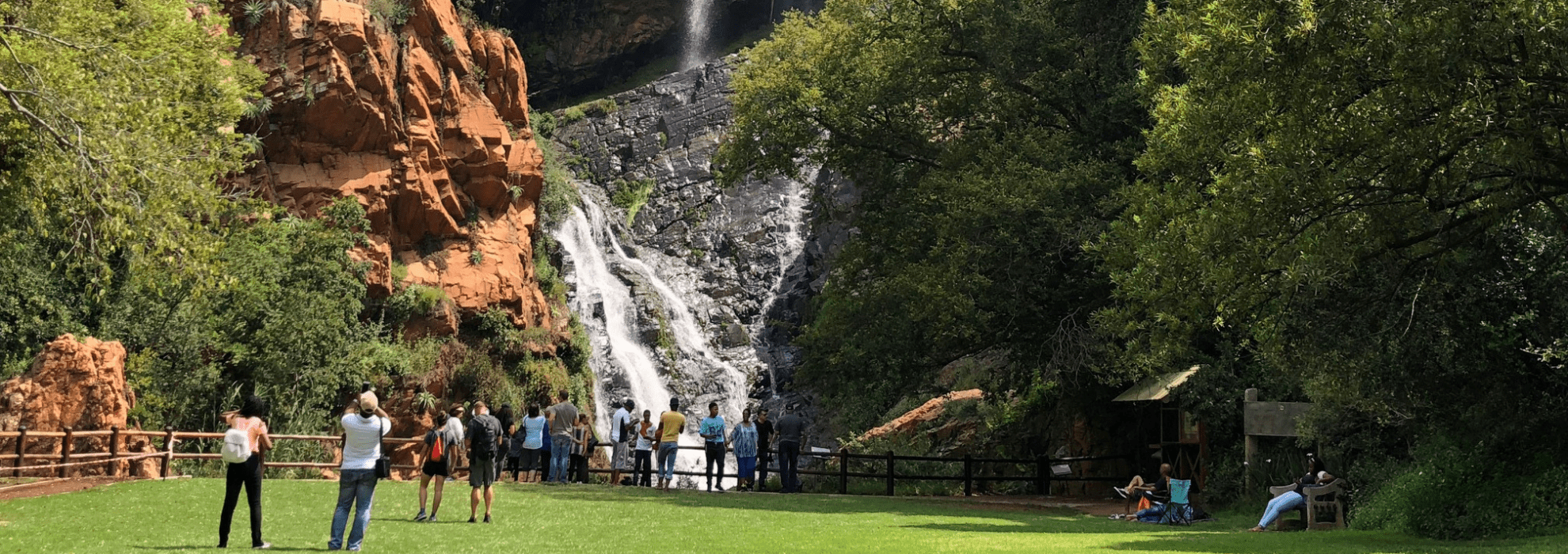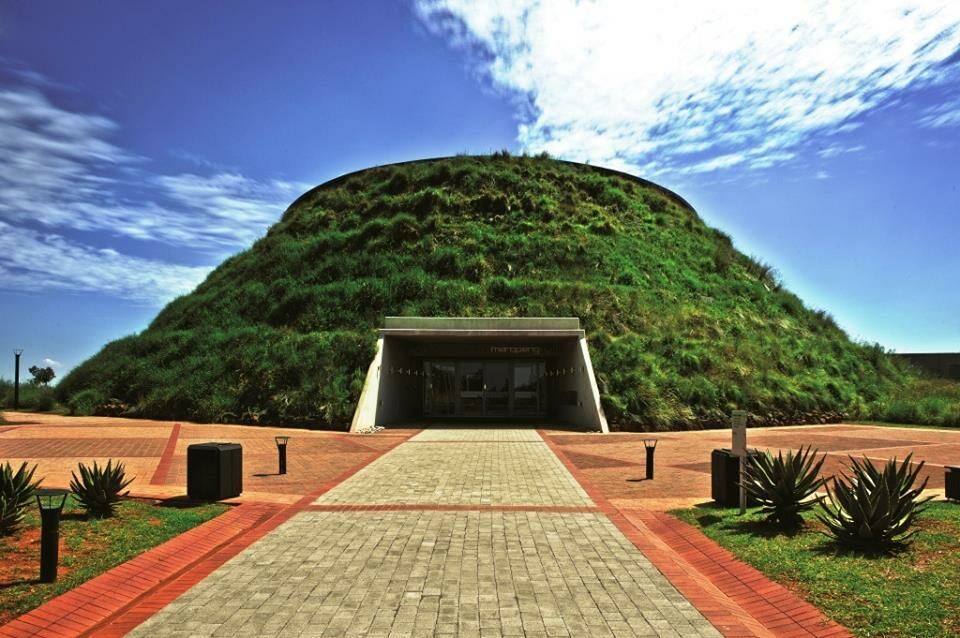Johannesburg North Attractions - Questions
Johannesburg North Attractions - Questions
Blog Article
The 7-Second Trick For Johannesburg North Attractions
Table of ContentsAn Unbiased View of Johannesburg North AttractionsSome Known Incorrect Statements About Johannesburg North Attractions Not known Details About Johannesburg North Attractions The Johannesburg North Attractions IdeasGetting The Johannesburg North Attractions To WorkThe smart Trick of Johannesburg North Attractions That Nobody is Talking About
The city grew on the side of the Witwatersrand Key Coral reef, a subterranean stratum of gold-bearing quartz-silica corporation that arcs for hundreds of miles beneath the Highveld - Johannesburg North attractions. Most of the gold mines in the city ceased operation in the 1970s, however in its day the Witwatersrand gold market accounted for even more than 40 percent of the globe's annual gold production.Johannesburg has a pleasant climate. Summer temperature levels balance regarding 75 F (24 C); wintertime temperatures average about 55 F (13 C) and only sometimes dip listed below cold. The city delights in regarding eight hours of sunlight each day in both winter and summer season. Rainfall standards regarding 28 inches (700 millimetres) per annum, but the complete differs significantly from year to year.
What rain the city receives falls almost specifically in the summertime, frequently in stunning late-afternoon electrical storms. Air contamination postures a substantial issue, specifically in the cold weather, when thermal inversions hinder the westward circulation of air from the Indian Sea. Pollution is most severe in the largely worked out Black towns on the city's perimeter, where several citizens still depend on coal for gas.

The Basic Principles Of Johannesburg North Attractions
The equilibrium of the city is occupied by whites. Accommodation varies in personality and quality. Soweto is infamous for its countless rows of municipally built, two-room matchbox homes, yet it likewise has a couple of flourishing territories along with bristling squatter camps, where tens of thousands live without water, power, or hygiene facilities.
Physical development, although somewhat restricted by transport, proceeded rapidly as migration to South Africa, and Johannesburg particularly, raised dramatically. This problem was resolved in the 1930s when the auto was introduced in automation to South Africa. Automobiles were, for the most part, confined to the affluent, and allowed them to relocate to the north of the city and commute into the centre.
A lot of inadequate suburbs were mixed, with poor blacks and whites living together, although the affluent suburban areas were generally reserved for whites.
The previous system of eleven phoned number areas was reorganised in 2006. Marshalltown, as seen from the top of the Carlton Centre. The M1 and M2 run behind the structures, and the southerly residential areas extend past the highway border. The internal city of Johannesburg lies within the city's Region F. The estimated populace of the region is 200,000, [] but the variety of people residing in the central city on a casual basis is unknown, as lots of are prohibited immigrants. Most higher-income homeowners and white individuals have actually transferred to the north suburban areas and have actually been changed by lower-income black people. The joblessness, education, and age profiles of the area are all unknown, because of the trouble of obtaining trusted information about my site the area.
Unknown Facts About Johannesburg North Attractions
Centred on the CBD, the region consists of the residential areas of Yeoville, Bellevue, Troyeville, Jeppestown, and Berea to the east. To the west it spreads to Pageview (Johannesburg North attractions) and Fordsburg. There are tiny enterprise zones to the south, such as City West-Denver and Benrose. Around 800,000 travelers pass via the central city everyday, and it functions as a regional shopping node for site visitors from the southerly suburban areas. Yeoville and Bellevue have a mix of apartment buildings and solitary domestic systems on little whole lots. The area is located on a mountainous divide that runs from eastern to west. One of the most obvious geographical function is Observatory Ridge, which is named for the big observatory located on it. The recreational areas are no longer utilized, because of safety troubles.

Johannesburg Arena, a training ground for both the Golden Lions and Orlando Pirates, is adjacent. The eastern suburbs of Johannesburg are located in the city's 7th [] and 9th [] areas. The area is also functionally integrated with East Rand border towns outside of the official limit of Johannesburg, such as Bedfordview and Edenvale (both component of Ekurhuleni Metropolitan Community).
Some Of Johannesburg North Attractions
R. Tambo International Airport). The eastern residential areas are some of the oldest areas of Johannesburg, there are huge communities of Jewish and various other European backgrounds, the majority of the populace is English talking. There are 3 golf programs as well as a variety of protected ridges with viewsites. There are numerous strong and up-market amusement and purchasing locations in the east such as the Eastgate Shopping Center and the Greenstone purchasing centre.
Initially constructed to house male migrant workers, several have been boosted as residences for pairs and households. The suburban area was not historically enabled to create employment centres within the area, so virtually all of its residents are travelers to description various other parts of the city.
Johannesburg North Attractions for Dummies
The residential locations in the northern suburban areas are primarily formal, with no substantial locations of informal housing, or housing that lacks a permanent structure. This is an established location, there is a pattern of land use modification from property to commercial, particularly along main arterial roads and around well-known nodes.
The area is well linked to roadway networks, especially along the north-south axis developed by the M1 and N1. Roads to the eastern and west are less well created, as there are no freeways travelling because instructions. Towards the north border of the city, the thickness of advancement decreases, leaving huge areas of untaught land around Midrand.
The Ultimate Guide To Johannesburg North Attractions
The very first residential area to the north of the central city is Parktown, which is situated on a hillside ignoring the central city and Hillbrow. It has numerous rich citizens and Edwardian-style manors, as well as the this link Education and Medical schools of the University of the Witwatersrand. The big concrete Charlotte Maxeke Johannesburg Academic Medical Facility dominates the horizon of Parktown.
Report this page